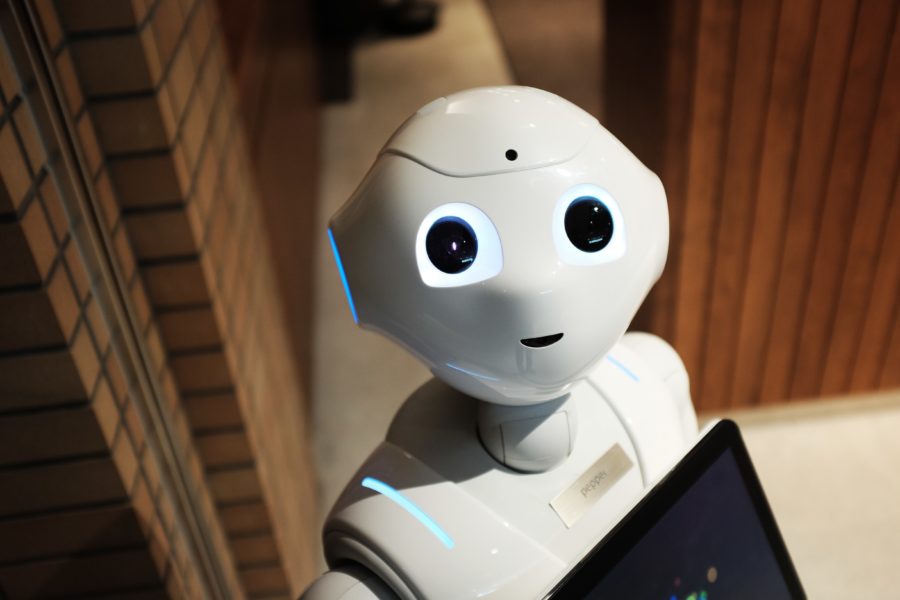Walmart decided to stop using robots that move through the aisles checking inventory levels and prices after seeing the results from about 500 stores.
In January, the retailer announced plans to expand use of the inventory-scanning robots to about 1000 locations. But having more employees in the aisles fulfilling pickup and delivery orders during the pandemic has shown Walmart that humans could do the work of those machines. So, the company is now considering ways to use workers and other automation technology for inventory monitoring tasks, sources told The Wall Street Journal (Nov. 2).
When Walmart partnered with Bossa Nova Robotics to bring the machines to stores, the goal was to reduce labor costs and increase sales. Having an accurate view of inventory is supposed to help in ways, including reducing out-of-stock items and providing a more precise view of what’s in stock for online for pickup and delivery orders. But Walmart reportedly told Bossa Nova that although it saw some improvement in stores with the robots, it didn’t see enough of an improvement in revenue and other metrics.
Further, WSJ said Walmart U.S. chief executive John Furner had concerns about customers being unnerved by the six-foot machines roving through the stores among them as they shopped.
Walmart considers the cancelled effort a learning experience, with a spokesperson telling WSJ “we learned a lot about how technology can assist associates, make jobs easier, and provide a better customer experience.” And Walmart will continue using other robots for different tasks such as floor scrubbing.
Meanwhile, after a year-long search, Ocado, an UK-based online grocer, acquired two robotics companies to further reduce the human labor involved in the grocery technology platform it uses and sells to other supermarkets.
Ocado paid $262 million for Kindred Systems, a San Francisco–based robotics company that has put its warehouse robots to work for companies, such as Gap and American Eagle Outfitters, reported Fortune (Nov. 2). The company is also investing $25 million in a cash-stock deal to get Haddington Dynamics, a Las Vegas-based robotics operation that’s worked with DuPont and NASA.
Although Ocado expects the acquisitions to put a ding in its profits, the company is looking for these deals to add about $38 million to annual revenues. And if all goes as planned, these new assets will allow the company to reduce staff.
Ocado doesn’t have any stores, operating instead from automated grocery order fulfillment centers. Fortune explains that the company currently relies on robots to retrieve items from crates stacked in a huge steel-and-aluminum lattice called “the hive ” and deliver those items to a “pick station,” where human workers assemble individual orders. Live employees are also involved in the receiving process, feeding products from arriving shipments into the hive.
These front-end and back-end human-driven processes—known as decanting and picking—reportedly cost about $9 million per warehouse per year. And Ocado is hoping that the Kindred and Haddington robotics systems can help automate these tasks.
However, if research from Statistics Canada proves true Ocado may find that investments in automation actually boost headcount. The statistics bureau assessed two-decades of data from companies that invested in robots and found they had workforces that on average were 15% larger than their peers. Although robots led to reduction of mid-level jobs and managers, staff numbers generally increased for both high- and low-skilled jobs, reported CBC (Nov. 2).












